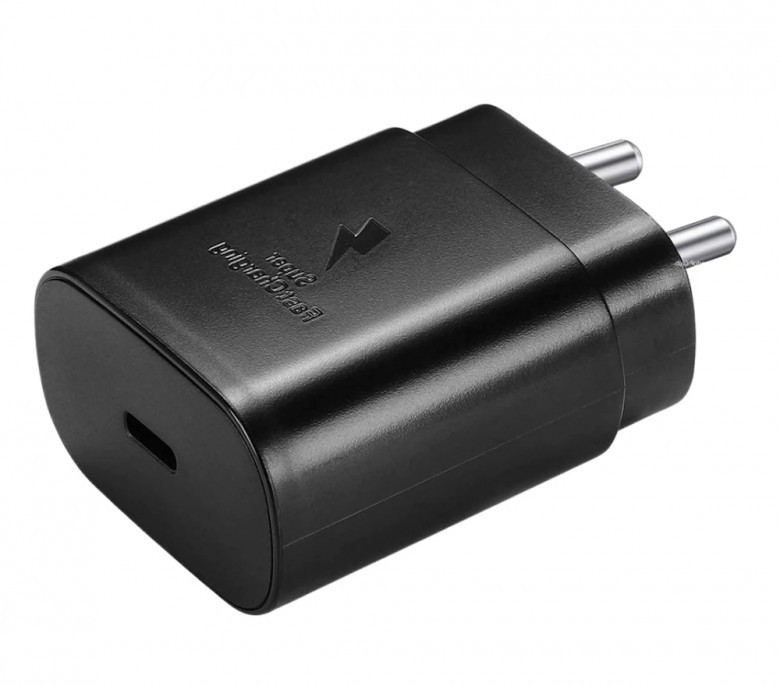views

In today’s digitally driven world, chargers are no longer just accessories—they’re essential tools. From smartphones and laptops to electric vehicles and home appliances, everything we rely on for communication, productivity, and entertainment depends on one thing: power. But how often do we stop and think about what makes a charger efficient, safe, or future-ready?
This blog takes you through the journey of understanding chargers, types, technologies, safety, innovations, and how to choose the right one for your needs.
🔋 What Is a Charger?
At its core, a charger is a device that delivers electric current to recharge a battery. It works by converting AC (Alternating Current) from your wall socket into DC (Direct Current), which batteries require. But not all chargers are built the same—differences in voltage, amperage, connector types, and smart technologies create a wide variety of charging devices.
⚙️ Types of Chargers
There are several types of chargers available today, each serving a unique function depending on the device and power requirement:
1. Wall Chargers
Also known as plug-in chargers, these are the most common type used for phones, tablets, and small gadgets. They usually come with USB-A or USB-C output.
2. Fast Chargers
Fast charging technology has evolved rapidly. Chargers like Qualcomm Quick Charge or USB Power Delivery (PD) can provide much higher wattage, reducing the time it takes to power up your device.
3. Wireless Chargers
Wireless chargers work via electromagnetic induction and are ideal for convenience. They are commonly used with modern smartphones and smartwatches.
4. Laptop Chargers
Laptops demand more power than mobile devices. These chargers range from 30W to over 100W, depending on the model. USB-C PD has become the new standard for ultrabooks and newer laptops.
5. Car Chargers
Plugged into the car’s cigarette lighter or USB port, these chargers are useful for charging phones and tablets on the go.
6. EV Chargers
Electric vehicles (EVs) require high-capacity chargers. These come in Level 1, Level 2, and DC fast charging variants depending on the time and power needed.
💡 How Charging Technology Has Evolved
Charging has moved far beyond the traditional 5W adapter. Here's how:
-
Smart Charging: Detects your device's optimal charging speed and adjusts power accordingly to protect the battery.
-
GaN (Gallium Nitride) Chargers: Smaller, faster, and more energy-efficient than traditional silicon chargers.
-
Multiple Port Chargers: Charge several devices at once—ideal for families or professionals.
-
Programmable Power Supply (PPS): A newer charging standard that allows dynamic voltage adjustment for safer and more efficient charging.
These advances are helping consumers get more out of their devices while also ensuring better battery health and lower environmental impact.
🔐 Charger Safety and Certification
Cheap, uncertified chargers can be dangerous. They may overheat, catch fire, or damage your device. Here’s what to look for:
-
Over-Voltage Protection
-
Over-Current Protection
-
Temperature Control
-
Short-Circuit Protection
-
Certification Labels like CE, UL, BIS (India), or FCC.
🧠 How to Choose the Right Charger
When buying a charger, keep these in mind:
1. Device Compatibility
Ensure it matches your device's input requirements—voltage and amperage.
2. Connector Type
Check for USB-A, USB-C, Lightning, or proprietary connectors.
3. Power Output
More power = faster charging. But your device must support it. Phones often cap at 18W–65W, laptops go beyond 100W.
4. Portability
GaN chargers or foldable designs are great for travel.
5. Build Quality
Heavy-duty cables, quality plastic casing, and a solid internal circuit board make a huge difference.
🌍 The Environmental Side of Charging
With billions of devices worldwide, the energy footprint of chargers is massive. Here’s how consumers and manufacturers are making a difference:
-
Energy-Efficient Chargers: Some automatically stop charging once the battery is full.
-
Recyclable Materials: More companies are designing eco-friendly packaging and recyclable components.
-
Universal Chargers: Efforts like the EU’s USB-C regulation aim to reduce e-waste by making chargers more universal.
Switching to better chargers not only benefits your device but also reduces your impact on the environment.
🚀 The Future of Charging
Here's what we can expect:
-
Ultra-Fast Charging: 100W+ charging in under 20 minutes is becoming mainstream.
-
Bidirectional Charging: Your phone could charge your earbuds or another phone.
-
AI Integration: Predictive charging to optimize battery health.
-
Solar & Kinetic Chargers: Clean energy solutions for off-grid use.
As devices get smarter, so will their chargers—delivering faster, safer, and more energy-efficient charging experiences.
📦 Final Thoughts
A charger might seem like a simple accessory, but it plays a vital role in our digital lifestyle. The right charger can prolong battery life, save energy, and provide peace of mind. With new technologies like GaN and USB-C PD, consumers now have more options than ever before.
Whether you're shopping for your next fast charger or building a smart workspace, always prioritize quality, safety, and efficiency. Brands like those highlighted on Hexadecimal Software and available at Hexahome offer well-engineered, tested, and certified chargers suited for every modern need.
Power wisely. Charge smartly. Stay connected.



Comments
0 comment